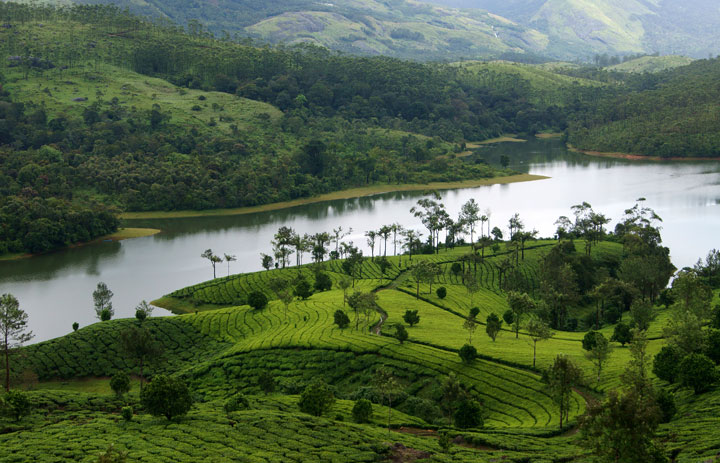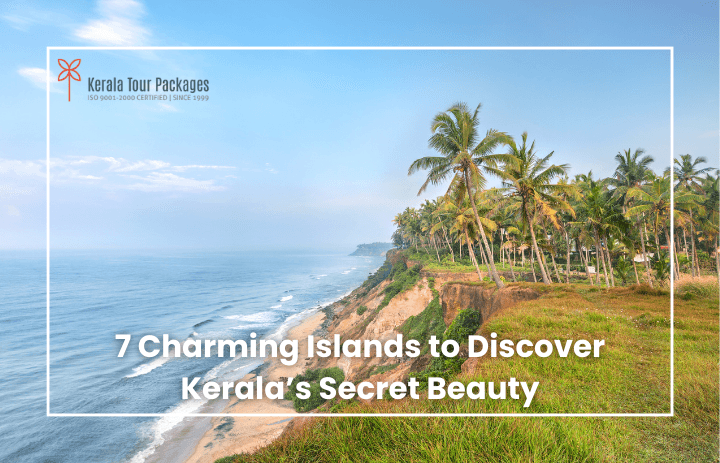There are dozens of little islands in Kerala’s backwaters where village life, bird calls, and smooth canals take centre stage over tourist crowds. If you’re looking for more than just the usual hill stations and houseboat hubs in Kerala, start here.
1) Kadamakudy Islands, Kochi: Kayak Through Urban Wetlands
Why it’s special: A series of low-lying islands north of Kochi where mangroves, clam farms, and wading birds live—an escape to “nature in the city.” Guided kayaking and birdwatching are very popular.
Best time: Oct–Mar mornings for bird activity; golden hour year-round.
How to reach: ~10–12 km from Kochi’s MG Road/Fort Kochi side; taxis/autos are easy.
Do this: Sunrise paddle among mangroves; look for kingfishers, egrets, and herons
Travel gently: Stick to marked channels; avoid loud Bluetooth speakers.
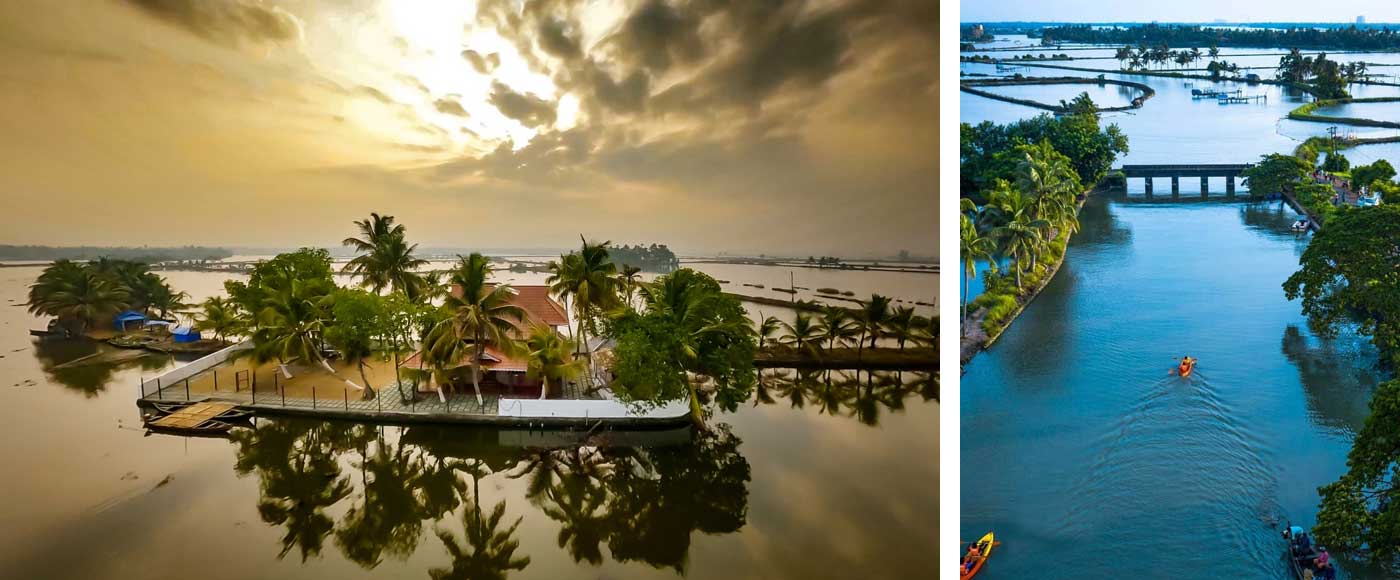
2) Kakkathuruth (“Island of Crows”), Alappuzha: Chase That NatGeo Sunset
Why it’s special: National Geographic’s “Around the World in 24 Hours” made this small, road-free island in Vembanad Lake famous around the world by showing its sunset rituals.
Best time: 4:30–6:30 pm for the famed dusk light; Nov–Feb for clearer horizons.
How to reach: Local boats from Eramalloor/Ezhupunna side; village stays available.
Do this: Slow canoe loop through ponds and coconut groves; village life tour.
Travel gently: No plastic; keep voices low—this is a small community.
3) Sambranikodi, Kollam: Ashtamudi’s Silent Peninsula
Why it’s special: A peaceful spit at the southern end of Ashtamudi Lake, where you can take quiet walks, see the backwaters and fish with Kollam city just beyond.
Best time: Sunrise and sunset; post-monsoon (Sep–Nov) for lush scenes.
How to reach: 10 km from Kollam; local boats/ferries serve the area.
Do this: Golden-hour photo strolls; chat with oyster collectors (ask before shooting).
Travel gently: Stay on paths—shorelines are erosion-prone.
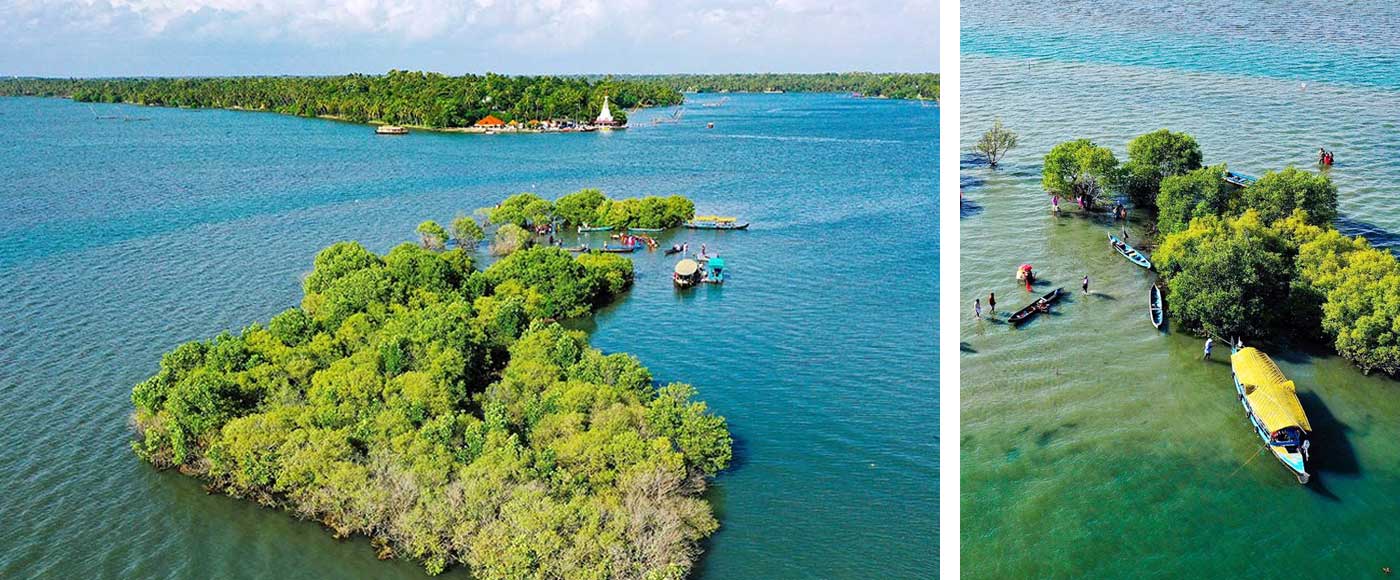
4) Kavvayi Islands, Payyanur (Kannur): Malabar’s Backwater Archipelago
Why it’s special: Linked islets, quiet canals, and fewer people than Alappuzha make this the northern Kerala equivalent of the backwaters.
Best time: Oct–Mar; mornings for mirror-calm waters.
How to reach: ~70 km from Kannur Intl. Airport; 2-hour drive. Boats/ferries and a bridge connect the islands.
Do this: Shikara rides and village meals; birding in the creek margins.
Travel gently: Support local boat cooperatives; skip loud motors if shikaras are available.
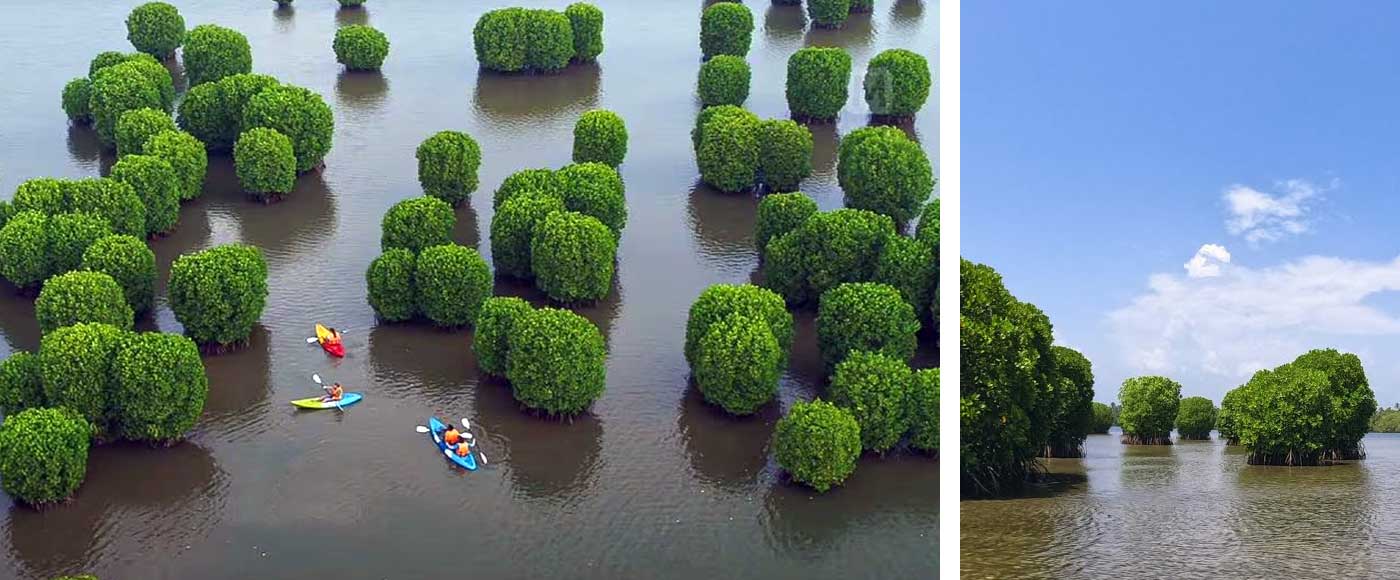
5) Pathiramanal, Vembanad: Birders’ Pocket Paradise
Why it’s special: A lake island with a lot of birds—over 100 species live there and migrate there. It’s easy to combine with Alappuzha/Kumarakom.
Best time: Dec–Feb migration; early mornings for sightings.
How to reach: Boats from Alappuzha, Muhamma, or Kumarakom; public services operate on set timings.
Do this: Guided nature walk + boat combo; carry binoculars and closed shoes.
Travel gently: Keep to trails; no feeding birds.
6) Munroe Island, Kollam: Coconut-Shaded Canoe Mazes
Why it’s special: Kerala’s most intimate canoe experience, with winding canals where village life goes by.
Best time: 7–10 am or 4–6:30 pm canoe slots; post-monsoon greenery pops.
How to reach: From Kollam, day tours run transfers + canoe + lunch packages; independent operators post timed departures and rates.
Do this: Narrow-canal canoeing under low bridges; toddy-tap demo (ask operator).
Travel gently: Water levels vary—follow boatman instructions; wear a life jacket.
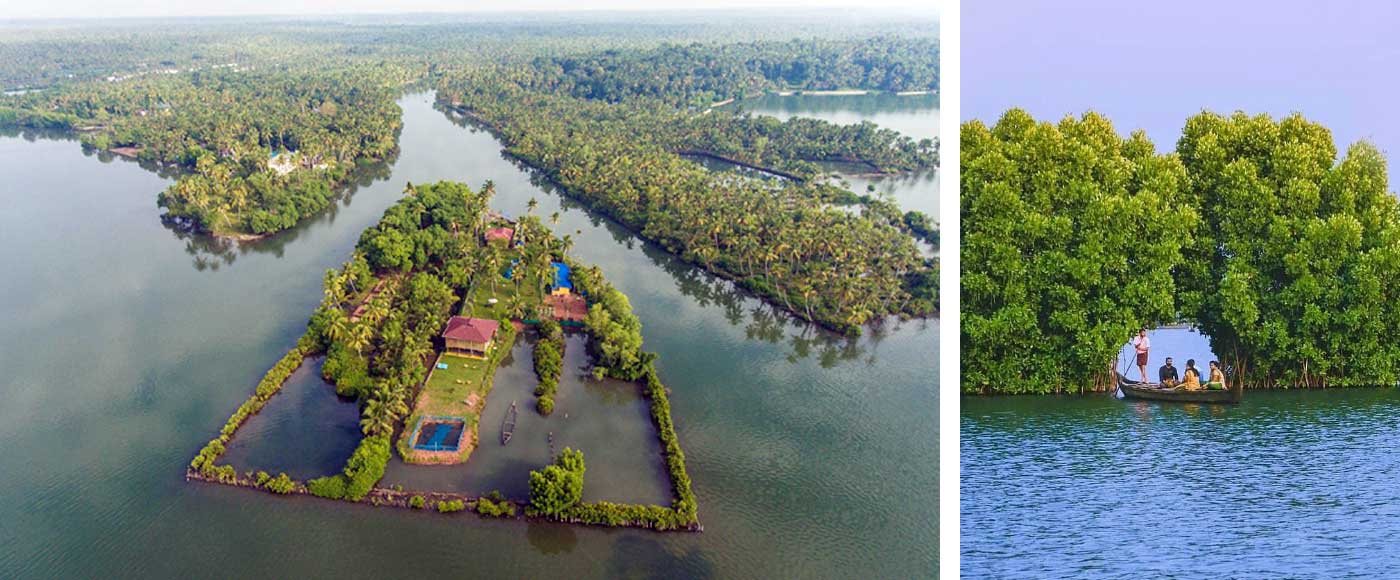
7) Dharmadam Island, Thalassery: Walk to a Tidal Islet
Why it’s special: This island is a classic “now you see it, now you don’t” island. You can walk to it from Dharmadam Beach near Thalassery at low tide.
Best time: Only at safe low tide; plan around the day’s tide table for Thalassery/Kannur before you go.
How to reach: Short drive from Thalassery town; beach approach and a brief sand-bar walk during low tide.
Do this: Quick shoreline circuit and picnic—leave no trace.
Travel gently: Never attempt crossings as tide rises; heed lifeguards and locals.
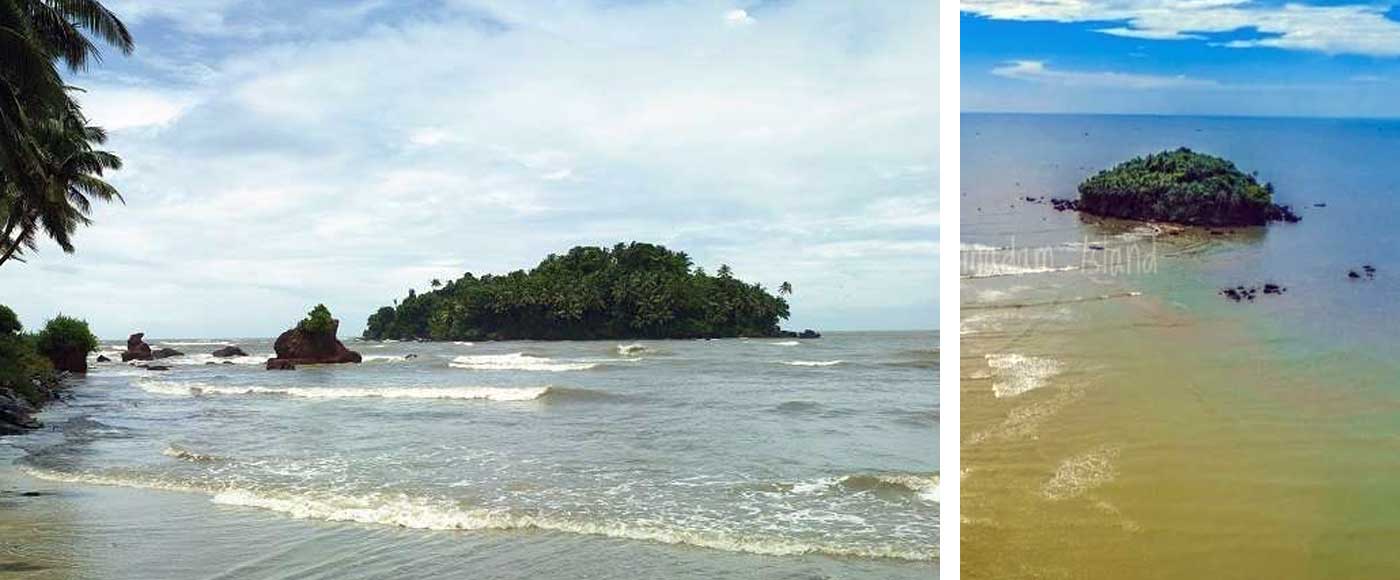
FAQs
Yes—pair Kochi sightseeing with a late-afternoon boat to catch the famed sunset
Yes—reputable outfitters provide guides, safety gear, and basic training.
No special permits for casual visits; just align with public boat timings or hire a service boat.
No. Only during low tide—check same-day tide tables before planning.

